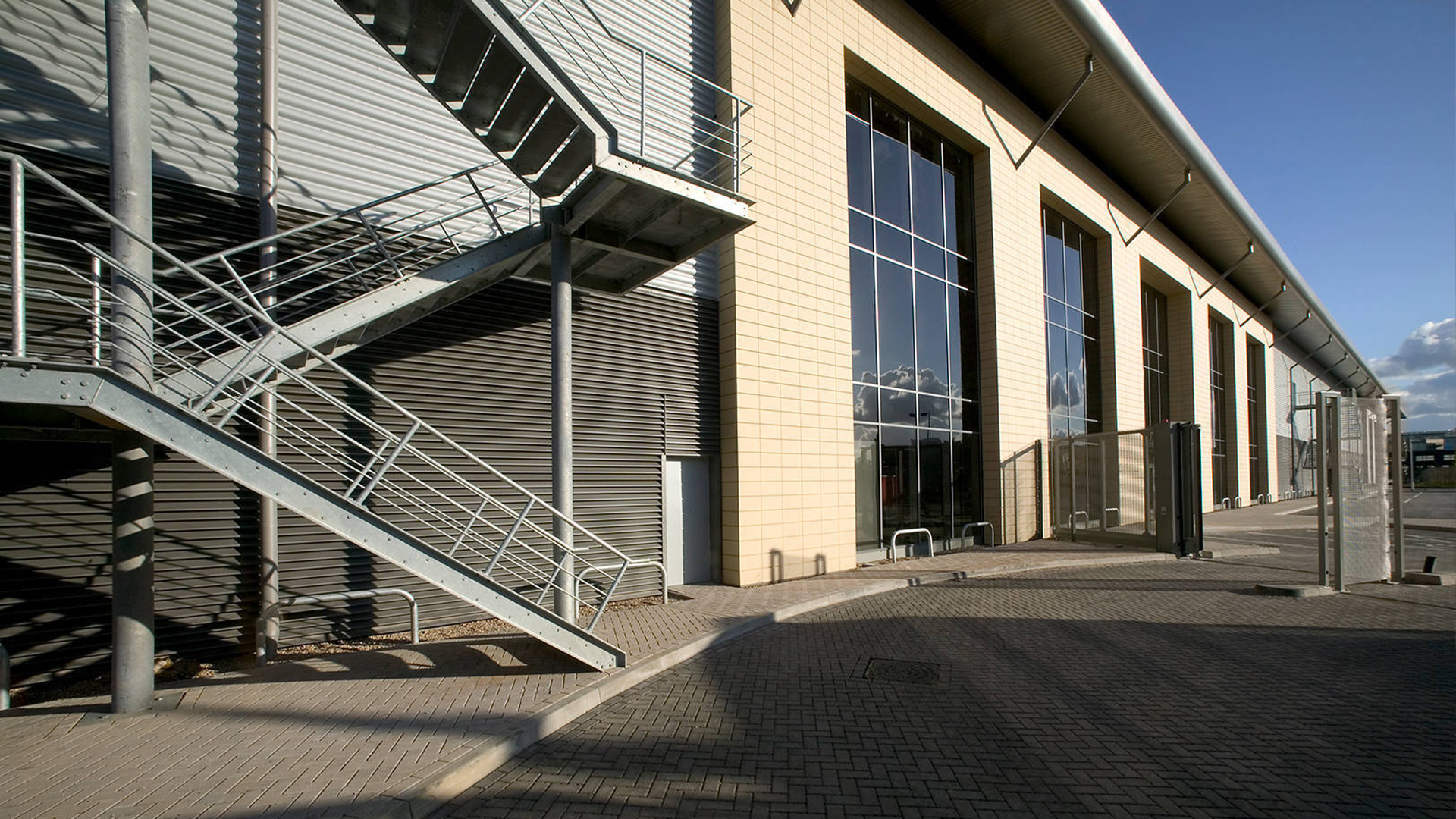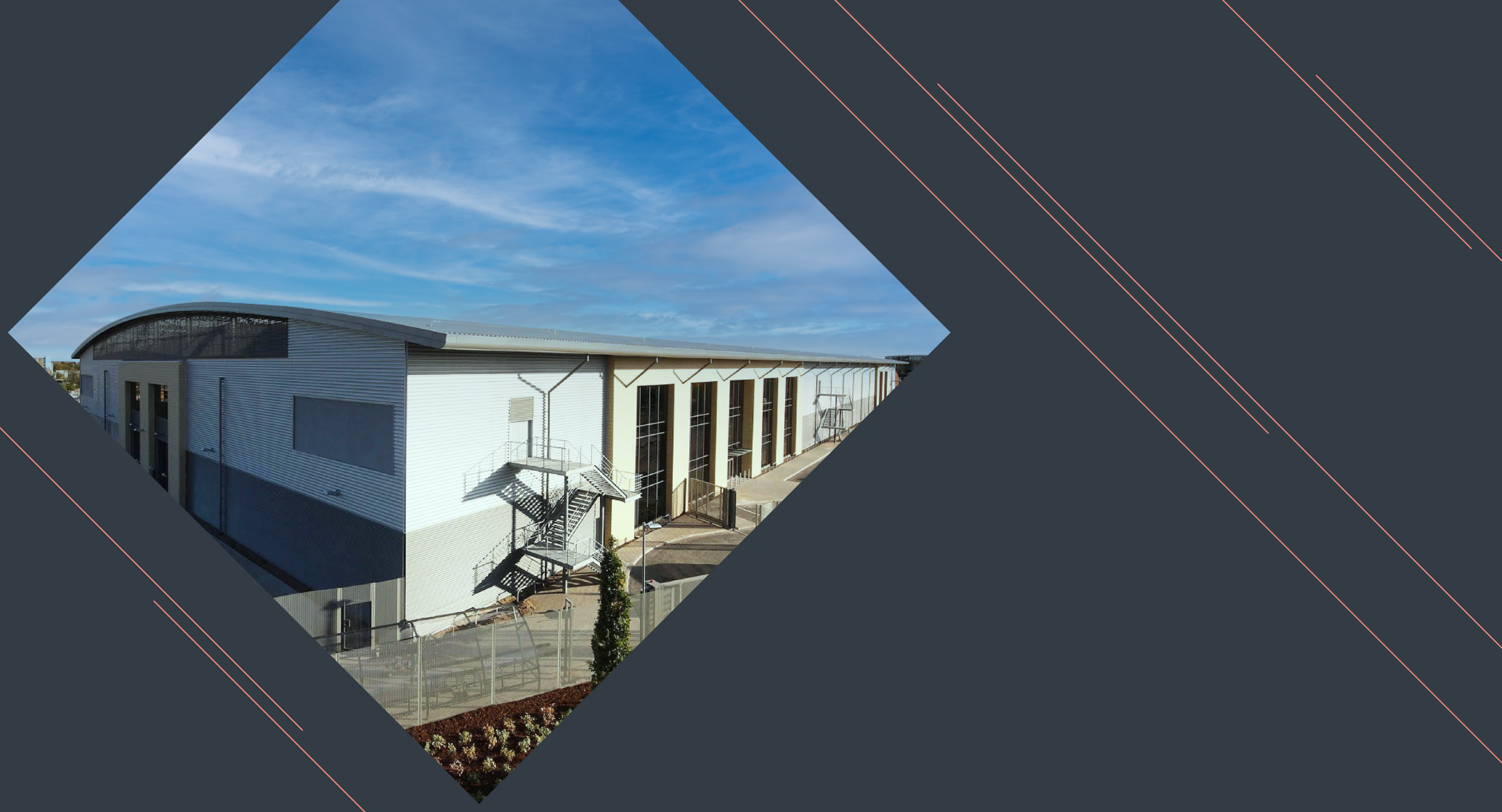The growth of the digital age has provided a market where both personal and professional sectors rely on data centres to function. As such, the demand for data centre facilities has skyrocketed. The uptime of these data centres is critical, as a power outage can lead to significant losses for businesses and put sensitive data at risk. However, as technology advances and capacity requirements increase, many data centres built in the 80s and early 90s are no longer fit for purpose, with outdated and inefficient buildings, unsuitable floor plans, and inadequate structural integrity – especially for the evolution of high-density, power-intensive HPC and AI we are witnessing.
Despite these challenges, the potential of existing legacy data centres across the UK remains untapped. Developers are increasingly opting for new-build data centres, but there is significant potential in unlocking the potential of existing, disused facilities through meticulously designed retrofits. This is especially relevant in traditional data centre hubs – like Slough and West London – where land for new builds is restrictive, and existing data centres have often been over-engineered and built in a way that fails to optimise the space or available power, the potential of which can be better realised with a retrofit.
One company that recognises this opportunity is Kao Data. Kao Data develops and operates high performance data centres for advanced computing, providing enterprise, cloud, HPC, and AI customers with a world-class home for their compute. Today the company is working with civil and structural engineers Parmarbrook to deliver on unlocking data centres, sustainably, across the UK.

Data centres and sustainable construction
Data centres are known for their high energy consumption, and the construction industry has a responsibility to minimise carbon emissions wherever possible. Demolishing existing data centres that can be sustainably refurbished comes with environmental costs – making a significant contribution to carbon emissions. Reusing and repurposing these structures allows for the preservation of embodied carbon, offsetting the environmental impact of the data centres operations.
Today the data centre and construction industries have a vital role to play in the climate change challenge, and going forward, we must work collaboratively to deliver the highest possible sustainability standards for our sectors. Part of the approach must be to recognise the intrinsic value that legacy infrastructures can offer both to the businesses and consumers, and to ensure that efficient and sustainable operations are built-in from the ground up.”
Paul Finch, Chief Technology Officer at Kao Data

The challenges
- Lack of available space to construct new data centres with sufficient electrical supply capacity within popular data centre hubs like West London, Manchester and Slough
- Identifying existing stock of under-utilised legacy data centres with available renewable power supply, yet unknown load capacity and structural merit
- Understanding the load capacity of the existing structure to maximise the layout of the data halls within them
- Architectural impact of the fit-out to ensure hot or cold aisles are economised to maximise the use of natural free-air cooling
- Capacity of the existing foundations for increased load allowance
- Existing roof space to accommodate revised design to deliver desired loads and cooling
- Existing plant replacement strategy: viability to accommodate logistical requirements for plant upgrade
- Structural constraints; floor to ceiling heights, column spacing, accommodation of enhanced openings, riser relocation
- Change in levels across floor plate
- Retention of live environments and floor plates
- Capacity of the existing structure for increased load allowance, however, it is generally the foundations that govern and drive the cost
- Party wall restrictions
- Fire and building regulation changes
- Impact on the surrounding environment and local community
While refurbishing disused data centres is a viable solution, there are several challenges to overcome. These challenges include a lack of disused industrial and available space to construct new data centres, the unknown load capacity and structural integrity of existing vacant legacy facilities, and the need to maintain tenancy in live data centres during refurbishments in sub-let spaces. The capacity of the existing foundations and structure for load increase allowance must be considered, along with party wall restrictions and fire regulation changes.
There’s also a key requirement to consider the data centre impact on the environment and the local community, and to ensure that any modernisation programmes consider the needs of local stakeholders nearby.
The solution
The key to unlocking the potential of disused, or partially used, data centres is to forensically establish a thorough understanding of the existing structure. Through a series of early investigations, structural modelling, and interrogation of archive information, we can gain a comprehensive understanding of the structure from the feasibility stage. The process includes archive searches of existing planning and building control portals, seeking copies of archive drawings from the original design team, and conducting intrusive and non-intrusive investigations to understand the existing structure.
To limit the increase in load on the existing foundations, we aim to restrict the increase to 14%, removing the need for expensive and time-consuming foundation strengthening or underpinning works. Any increase of the design load applied to the existing structural frame would also need a detailed investigation, as the existing structural frame would need to be strengthened to support the increase in load.
Parmarbrook has decades of experience in designing and executing extensive refurbishments in commercial space where tenants are in situ, and boast a portfolio of historic building optimisations. Retrofitting a live environment brings a set of challenges that our team is well-versed in overcoming. Much like with data centres, where uninterrupted power supply is critical, we ensure that refurbishments are carried out with no disruption to tenants, their businesses, and the people whose data the centres are holding and protecting.
Parmarbrook has a wealth of experience in the cut and carve refurbishments of existing buildings in and around London, quite often working on live projects that remain fully or partially in occupation during the full term of the construction works. It is this experience that lends Parmarbrook to working on the refurbishment and retrofit of complex and constrained legacy data centres. As quite often, the project will have to be delivered and phased, ensuring no impact is experienced by the neighbouring data halls and ancillary support systems.”
Steve Davidson, Technical Director at Parmarbrook

Sustainable refurbishments not only unlock the potential of existing data centres, but they also contribute to the reduction of carbon emissions and help businesses achieve their sustainability goals. As pressures increase on the availability of suitable land for data centres, it is essential to consider sustainable refurbishments as a viable option, and we must work together as an industry to ensure that we build and refurbish buildings with the lowest possible carbon emissions. By unlocking the potential of under-utilised data centres and repurposing these structures, we can maximise their potential and provide data centres with a reduced carbon footprint, due to the saving of the existing structures’ embodied carbon.
Data centres play a crucial role in the digital age, and their uptime is critical. However, outdated and inefficient buildings, unsuitable floor plans, and inadequate structural integrity mean that many legacy data centres are no longer fit for purpose, especially as the computing envelope of density and power intensity increases.
Sustainable refurbishments of existing data centres can provide much-needed space for data centres, minimise the embodied carbon impact, and lower the carbon footprint. With careful planning and consideration with like-minded Architectural and MEPH consultant partners, it is possible to unlock the potential of disused, or partially used, data centres and provide modern data centres that meet the requirements of today’s advanced computing customers across a plethora of industries.
A small early expenditure for investigation works can provide an overall cost saving by de-risking the structure and can help identify the potential of a large volume of legacy properties.
This article was first published in Datacentre Solutions and Digitalisation World.
